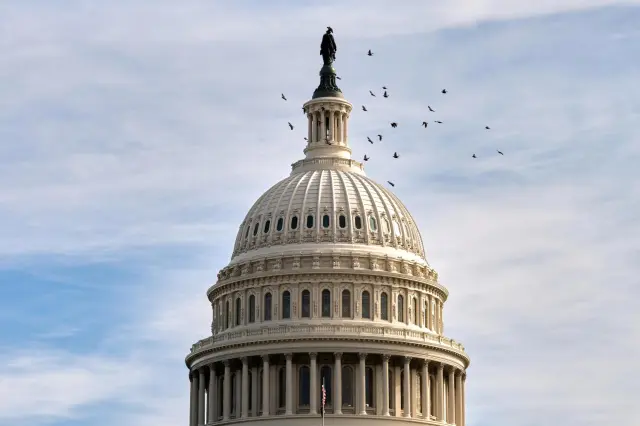U.S. orders Maryland power plant to run beyond normal limits to keep grid stable

Reliability versus emissions
The U.S. government has told part of a major power plant in Maryland to keep running above its usual operating limits through the end of 2025 to protect grid reliability. Federal energy officials said the Talen Energy facility feeds a key section of the Mid-Atlantic electricity network and is too important to curtail right now. Demand has climbed in the eastern United States, and regulators warn that a sudden shortfall could trigger price spikes or even localized outages during winter peaks. The order effectively grants the plant permission to pollute more than it otherwise would under normal constraints, in exchange for keeping supply steady.
This is an uncomfortable move for a White House that has tried to argue it can cut carbon emissions, accelerate renewable energy, and still keep the lights on. It shows how energy planners are being pulled in two directions at once. On one side, data centers, electric vehicles, and hotter summers and colder snaps are all driving higher electricity demand. On the other side, coal and older gas units are aging out of the system — or being pushed offline by environmental rules. When the grid operator says “we need that plant online,” environmental timelines bend.
Officials stressed that the Maryland order is temporary and targeted. But clean-energy analysts say these emergency carve-outs are happening more often, especially around older fossil units that sit near major urban load centers. Each waiver chips away at climate credibility by signaling that, in a crunch, fossil generation still wins.
Can the U.S. square climate promises with real-world demand?
Energy economists say the Maryland decision highlights the core political problem for any administration that promises both decarbonization and stability. Voters notice blackouts immediately. They notice long-term carbon math less. That means governments will almost always err on the side of keeping fossil capacity alive until replacement infrastructure — battery storage, upgraded transmission lines, fast-build renewables — is physically in place, not just on a slide deck.
The Maryland waiver also lands in the middle of a global energy squeeze. Europe is struggling to lock in offshore wind projects while facing political blowback. Asian economies are negotiating over cleaner fuels while trying not to choke off growth. The message is the same across regions: the energy transition is not happening in a straight line. It will be messy, tactical, and sometimes dirty.





















